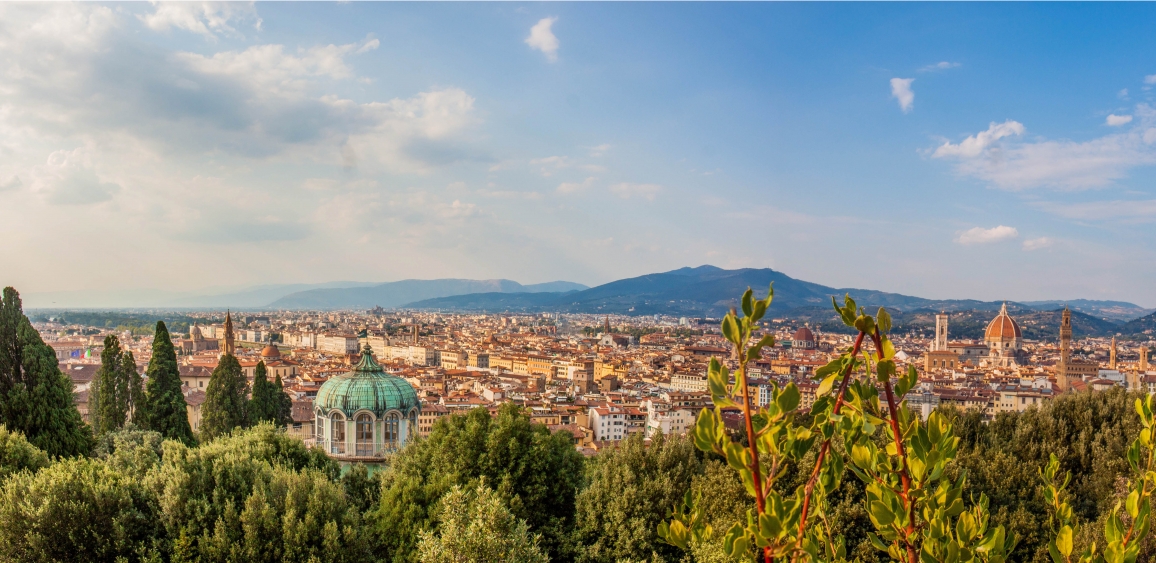Aldo Ianniello, Regione Toscana
Soil consumption is a complex, diversified phenomenon that you need to know in order to implement effective contrast actions.
It is not only important to know how much soil is consumed, but also “where” (in urban or rural areas) and for what use (residential, commercial, industrial; for a street, a school, an expansion chest…).
These and other topics will be discussed in depth during the first two sections dedicated to soil consumption:
– “legal” means that laid down in municipal planning instruments;
– actual, or calculated by photointerpretation of the products of remote sensing.
In the third section will be addressed the issue of urban regeneration as an alternative to land consumption: what is the right scale of intervention, if the building, a block, an entire neighborhood; intervening on large areas abandoned, but also as a solution to the problems of urban and social degradation in small municipalities of inland areas.
For these realities, in fact, which represent a substantial part of the Tuscan territory and not only, even the recovery of a building can be a tool to redevelop and enhance the contexts of life. Because land consumption must be combated with constraints and prohibitions, but even more with integrated and targeted policies, aimed at encouraging the reuse, recovery and redevelopment of existing buildings, based on a thorough knowledge of the territory.
PROGRAM
9:00 – 9:30 registration
09:30 – 10:00
Institutional greetings and opening of the work
Stefano Baccelli, City council member to Infrastructures, mobility and government of the territory, Tuscany Region
Introduce
Aldo Ianniello, Regional Planning Department of Tuscany
Simone Gheri, Anci Toscana
10:00 – 11:20
First panel:
Tools to manage the containment of legal land consumption
“Regulatory tools to combat land consumption in Tuscany”
The main institutes of the LR 65/2014 and the PIT/PPR aimed at containing land consumption and the Joint Observatory of Planning.
Camilla Cerrina Feroni, Joint Planning Observatory
“Consumption of legal land in municipal plans”
The implementation of the municipal scale of L.R. 65/2014 with a specific focus on forecasts inside and outside the urbanized territory: the Integrated Regional Information Ecosystem for the Government of the Territory and urban monitoring
Daniele Mazzotta, Regional Planning Department of Tuscany
Experiences from other regions
“Land use and urban regeneration: the experience of the Lombardy Region”
Roberto Laffi, General Manager Territory and Green Systems Lombardy Region
“The experience of the Emilia-Romagna Region”
Marcello Capucci, Area Territory, City, Landscape, DGCTA, Emilia-Romagna Region
11:20 – 12:00
Second panel:
Tools for knowledge of territorial transformations and actual land consumption
“ISPRA reports and national land use data”
Overview of the phenomenon on an international and national scale and comparison between regions
Michele Munafò, ISPRA
“The implementation of the regional territorial information base for a detailed reading of land use”
The remote sensing data acquisition system for a detailed reading of the actual land consumption data in Tuscany.
Ilaria Tabarrani, Information System and Land Planning Sector Tuscany Region
12:00 – 13:20
Third panel:
Urban regeneration as an alternative to land use
“Bills on urban regeneration”
Marco Carletti, Information System and Territorial Planning Sector Tuscany Region
“Urban regeneration in small and medium-sized municipalities, The example of San Romano in Garfagnana”
Raffaella Mariani, Mayor of the Municipality of San Romano in Garfagnana
“Temporary uses as a tool to encourage reuse also in relation to ERDF PR programming 2021/2027”
Silvia Viviani, Councillor of Livorno
“Reuse, recovery, redevelopment: the existing building heritage as a perspective for sustainable development”
Fausto Ferruzza, Legambiente Toscana
13:20 – 13:30
Conclusion
Eugenio Giani, President Tuscany Region
Italiano

